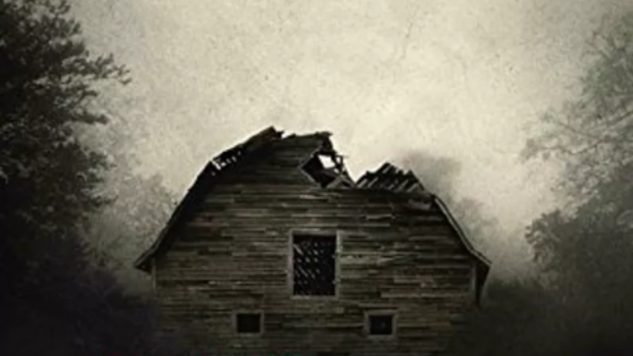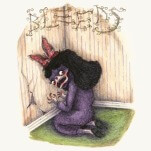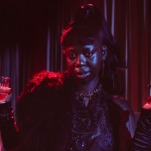Feral, By The Purge Screenwriter James DeMonaco and B.K. Evenson, Fails as a Horror Novel

Feral should not be a novel.
One of the book’s coauthors, James DeMonaco, wrote and directed The Purge. And everything about Feral, from its reliance on physical action set pieces to its saucepan characters—shallow but popping—suggests it would instead make for a fine movie or, perhaps, a videogame.
Feral begins with a cataclysmic accident. A gene-altering virus is released from a lab, and any male who comes into contact with it begins oozing pus and blood from his orifices before his body starts running hot, muscles convulsing, strength and speed increasing. These “ferals” are a caricature of brute masculinity—with a knowing nod toward the sexually attractive aspects of savagery. The women who escape the initial slaughter arm themselves and carve out a life in yet another post-apocalyptic world.
 To the book’s credit, it barely wears its pseudoscience like a veil, discarding it just as easily. The concept of “men reduced into monsters” resonates deeply, although what nuances could be excavated are lost, requiring a scalpel where Feral uses a machete. There are some rote explanations involving chromosomes for the ferals’ aggression, which manages to be both numbingly complex and embarrassingly simple at once. (The novel’s most ridiculous scientific part involves learning that the original goal was to make hyper-aggressive war primates.)
To the book’s credit, it barely wears its pseudoscience like a veil, discarding it just as easily. The concept of “men reduced into monsters” resonates deeply, although what nuances could be excavated are lost, requiring a scalpel where Feral uses a machete. There are some rote explanations involving chromosomes for the ferals’ aggression, which manages to be both numbingly complex and embarrassingly simple at once. (The novel’s most ridiculous scientific part involves learning that the original goal was to make hyper-aggressive war primates.)
-

-

-

-

-

-

-

-

-

-

-

-

-

-

-

-

-

-

-

-

-

-

-

-

-

-

-

-

-

-

-

-

-

-

-

-

-

-

-

-








































